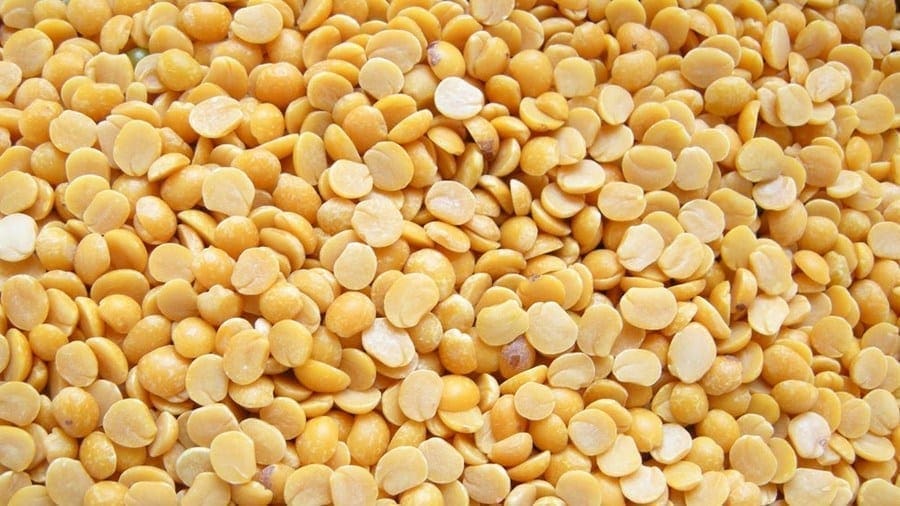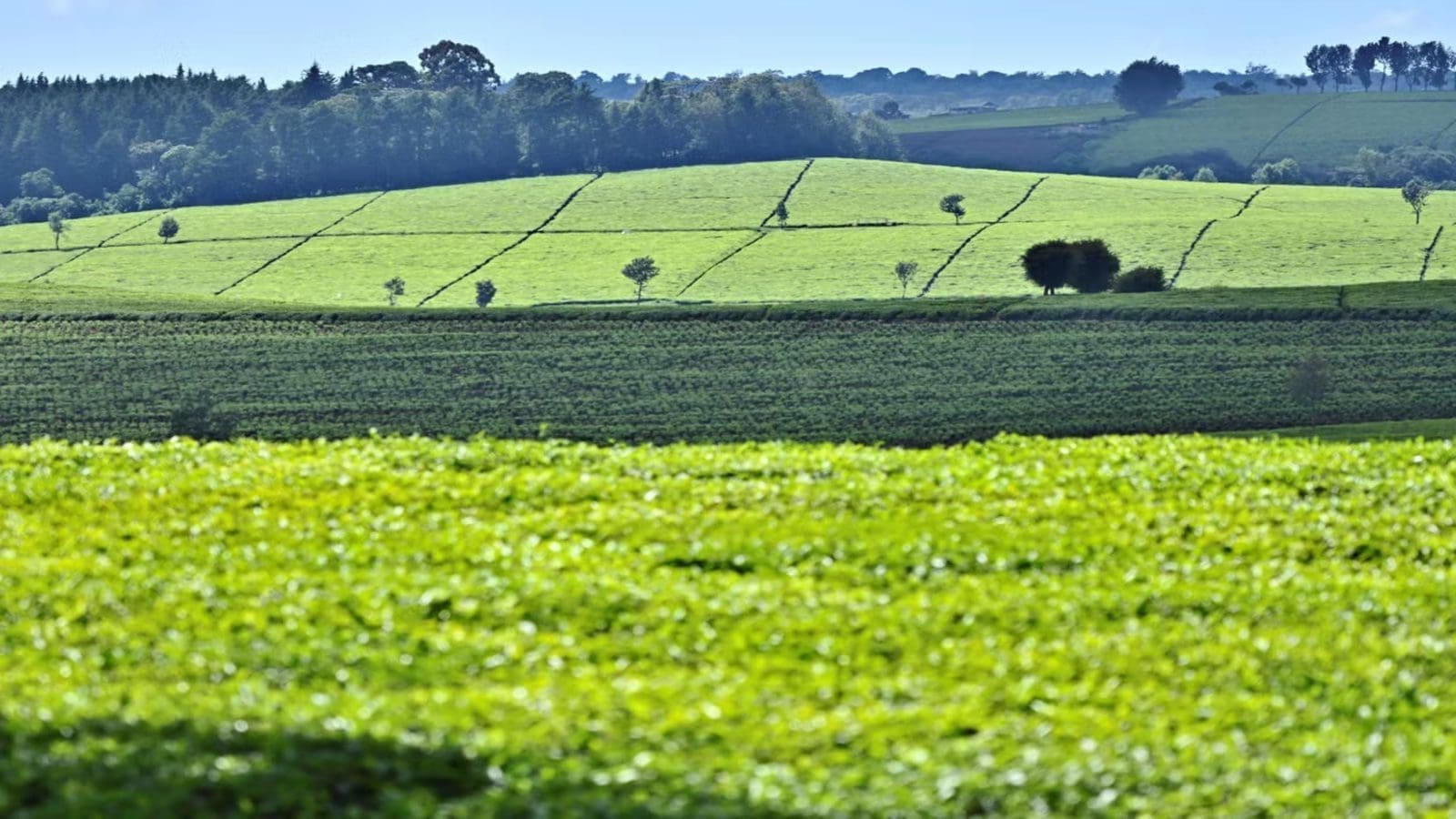TANZANIA – Mahashree Agro Processing Ltd, an Indian firm is constructing a pigeon pea processing factory in Morogoro region to expand investments in the US$240 million (TSh537 billion) local pigeon pea industry.
According to Engineer
She said that the government has also other secured investors who have agreed to set up factories to process pigeon peas in the country as part of its strategies to secure markets for farmers and traders across the country who have been holding hundreds of tonnes of the legume for lack of market.
Stellah unveiled that the long term plan is to encourage investors, both local and foreign, to set up factories that will help add value to the product, while the short term strategy, she said, is to secure immediate markets for the pigeon pea and other related farming produce.
According to Stellah, the country currently counts several processing plants who have made investments in the sector.
These include the Quality Pulse Exporters Limited based in Dar es Salaam– SEZ (Agro Processing Pulse), whose investors are from Kenya and India and Samson Agro Export Limited.
Manyanya outlined that the government has also secured markets for pigeon pea in Malawi, Burundi, the Democratic Republic of Congo (DRC), and Zambia as part of its short term sttrategy.
She said Malawi has shown interest to buy 7,000 tonnes of pigeon peas, and efforts are on-going to supply the market with the product.
With an estimated annual production of about 270,000 tonnes, Tanzania’s pigeon pea industry has in the past few years been grappling with market challenges after India, one of the largest importer, imposed a banned import of the legumes from Tanzania in August 2017.
The South Asian nation issued a trade notice restricting imports of commodity from countries with no bilateral agreement on the crop -shutting market which Tanzania had been enjoying for over 50 years.
Exports to India ranged from 160,000 to 180,000 tonnes annually that accounted for upto 97 per cent of the exports while the remaining was exported to the Middle East, Kenya, Eastern Europe, and North America.










